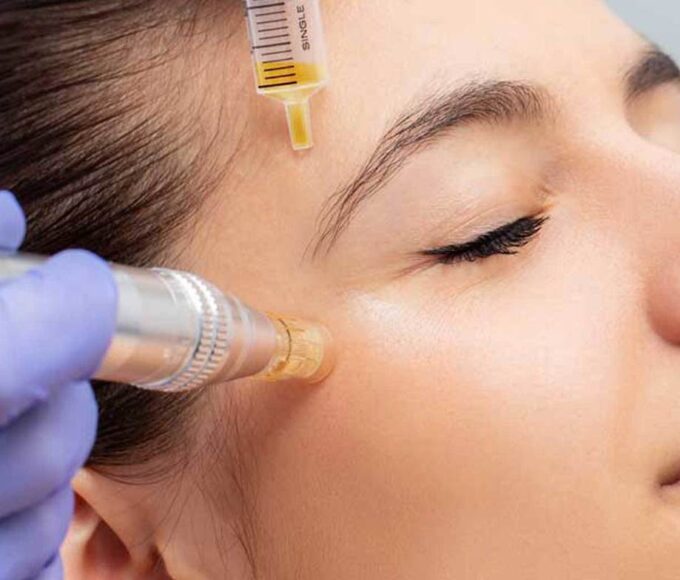In today’s hyper-competitive digital landscape, businesses face a common but critical question:
“Should I invest in SEO or Paid Ads?”
With evolving algorithms, voice search, AI-powered results, and rising ad costs, this decision in 2025 is more complex than ever. Both SEO and Paid Ads (like Google Ads, Facebook Ads, and more) have their strengths — but which one actually delivers better long-term ROI?
At Perfect Digitals, a top SEO company in UK, we’ve worked with hundreds of brands that struggle with this very dilemma. Let’s break down the differences, benefits, challenges, and real-world use cases of both, so you can make the smartest investment for your business in 2025.
What Is SEO in 2025?
SEO (Search Engine Optimisation) is the process of improving your website and content to rank organically on search engines like Google, Bing, and AI-powered platforms like Perplexity and ChatGPT Search.
Key elements of SEO in 2025:
Voice & conversational search optimisation
Entity-based indexing (Google’s “topics” over “keywords”)
Real-time user behavior tracking
E-E-A-T: Experience, Expertise, Authority, and Trustworthiness
Google Business Profile and local pack domination
SEO doesn’t offer instant results, but it builds long-term visibility, trust, and authority — which is why brands turn to top SEO companies in the UK, like Perfect Digitals, to build powerful organic foundations.
What Are Paid Ads?
Paid advertising refers to paying platforms (Google Ads, Meta Ads, TikTok, YouTube) to display your message to a target audience. In 2025, ad targeting is now powered by AI and real-time user data, offering deep segmentation, automation, and performance tracking.
Common paid ad formats in 2025:
Google Search & Display Ads
YouTube Shorts Ads
Instagram Reels & Carousel Ads
TikTok Smart Performance Campaigns
LinkedIn Sponsored Content for B2B
Paid ads offer immediate visibility, but require ongoing investment — once you stop paying, the traffic stops too.
SEO vs. Paid Ads: Side-by-Side Comparison
| Feature | SEO (Search Engine Optimisation) | Paid Ads (PPC, Social Ads) |
|---|---|---|
| Cost Over Time | Low long-term cost, high initial effort | High cost ongoing, quick to launch |
| Time to See Results | 3-6 months typically | Immediate (within 24-72 hours) |
| Trust Level | Higher (organic results perceived as trusted) | Lower (users know it’s paid content) |
| Longevity | Evergreen results that last years | Traffic ends when budget stops |
| Click-Through Rates | Higher on mobile for local & niche keywords | Lower unless retargeted or well-optimised |
| Conversion Potential | High with targeted content & intent | High when landing pages are optimised |
| Scalability | Harder to scale quickly | Easy to scale campaigns based on budget |
When SEO Works Best
SEO is ideal for:
Long-term business growth
Brand building and trust
Local dominance (e.g. “best dentist in Manchester”)
Businesses with evergreen services
Those who want to reduce ad spend over time
For example, Perfect Digitals helped a UK law firm move from £15,000/month in ads to generating 80% of leads through organic SEO by month eight. That’s long-term ROI that compounds.
When Paid Ads Work Best
Paid Ads are ideal for:
Quick promotions, offers, or product launches
Seasonal campaigns or events
New businesses with no SEO foundation yet
E-commerce businesses testing product-market fit
Remarketing and customer retention
However, many businesses fail with ads due to poor landing pages, generic targeting, or low ad quality scores. That’s why even with paid campaigns, Perfect Digitals helps clients bridge SEO and PPC for better results.
Why Not Both? The Hybrid Model
In 2025, the most successful brands don’t choose one over the other — they combine both.
Here’s how a hybrid SEO + Paid Ads strategy works:
Use Google Ads for immediate traffic while SEO ramps up
Target long-tail keywords with SEO, and use broad/mid-funnel keywords for PPC
Retarget SEO visitors using Meta or TikTok Ads
Use SEO content to increase ad quality scores (Google rewards content relevance)
Optimise landing pages with SEO best practices to reduce paid ad costs
At Perfect Digitals, we design dual-channel strategies that use PPC data to refine SEO, and vice versa. As a top SEO company in UK, we focus on building synergy between organic and paid efforts — not treating them as separate silos.
Real-World Example: A Hybrid Case Study
A UK-based fitness chain came to Perfect Digitals spending £10,000/month on Google Ads and barely breaking even. After a full SEO audit, we:
Optimised their service pages and GBP listings
Created local SEO-focused blog content
Set up schema and voice search triggers
Identified converting keywords from paid data and targeted them organically
Reduced ad budget to £6,000/month while doubling leads within 90 days
The result? A self-sustaining funnel where SEO drives long-term leads and ads supplement high-converting promotions.
Conclusion: Which One Works Best in 2025?
The real answer is: It depends on your goals.
Want fast leads or launching something new? Start with Paid Ads.
Want to build long-term traffic and brand authority? Go with SEO.
Want the best of both worlds? Combine both for scalable, sustainable growth.
SEO is an asset. Paid ads are a tool. And when used together with expert guidance, the results can be game-changing.
If you’re looking for the perfect balance, it’s time to speak with the top SEO company in UK — Perfect Digitals. We’ll build a smart strategy tailored for 2025 and beyond, blending SEO and paid media into a single growth engine.















Leave a comment